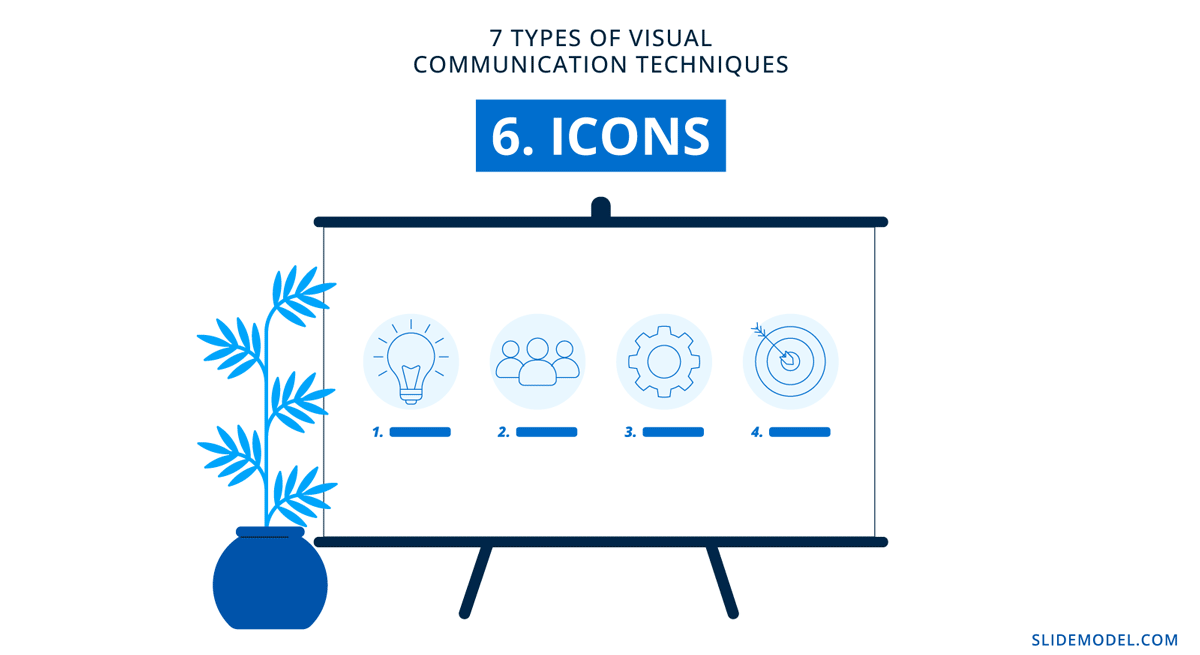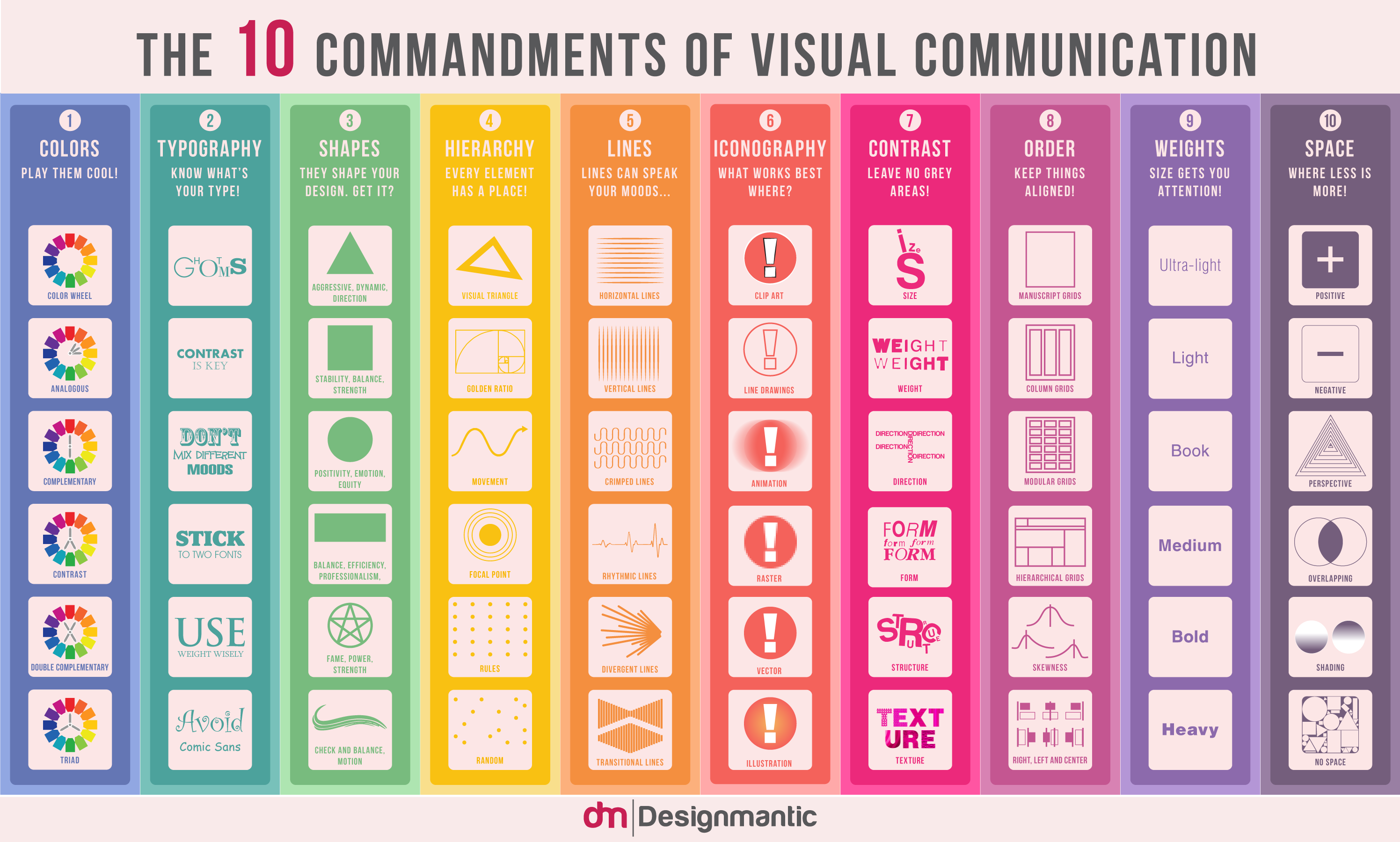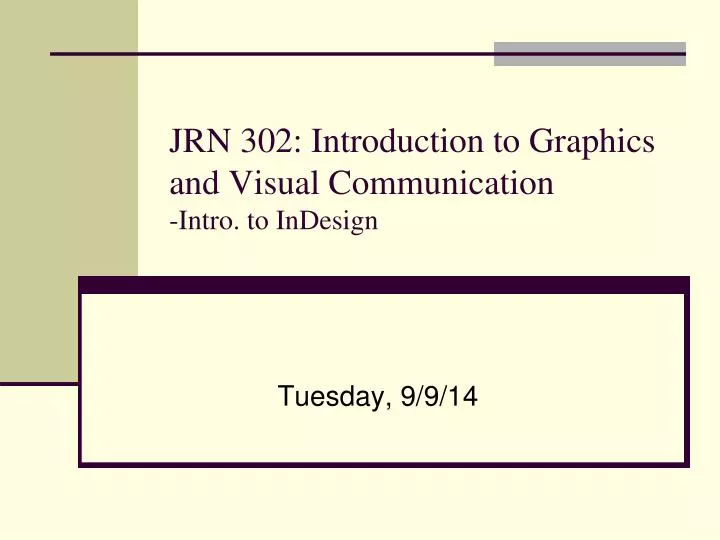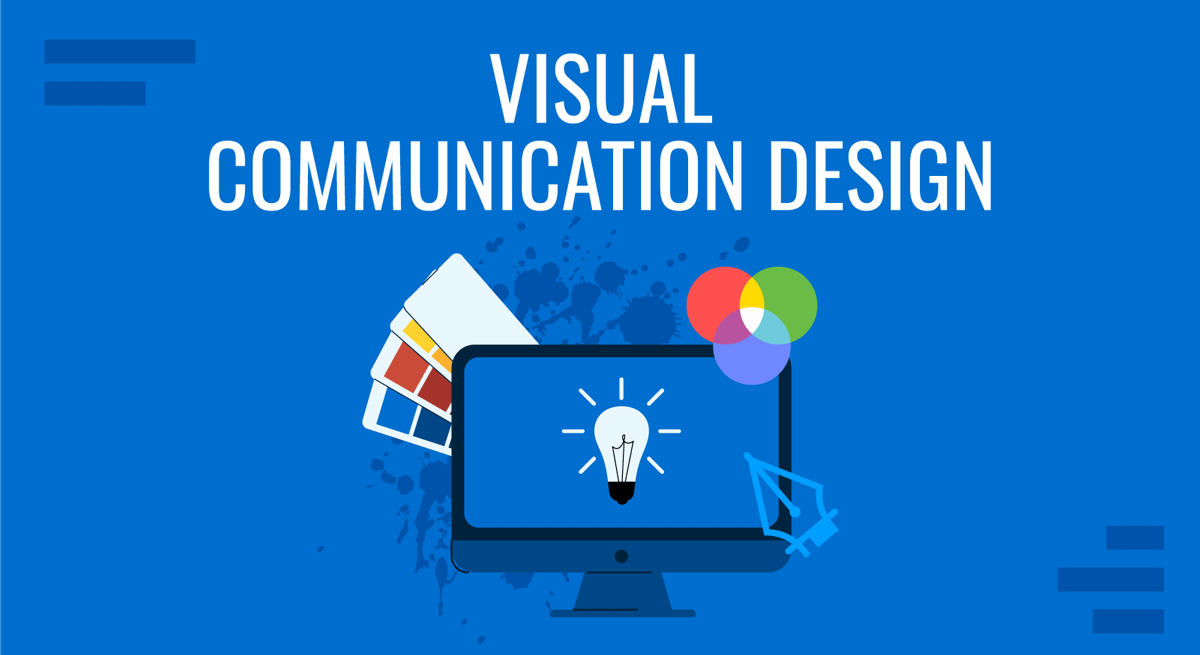The Power Of Visual Communication: Exploring The Use Of Icons In InDesign
The Power of Visual Communication: Exploring the Use of Icons in InDesign
The Power of Visual Communication: Exploring the Use of Icons in InDesign
Introduction
With enthusiasm, let’s navigate through the intriguing topic related to The Power of Visual Communication: Exploring the Use of Icons in InDesign. Let’s weave interesting information and offer fresh perspectives to the readers.
Table of Content
The Power of Visual Communication: Exploring the Use of Icons in InDesign

InDesign, a powerful desktop publishing software, is renowned for its versatility and ability to create visually compelling documents. While its core functionality revolves around text and image manipulation, the potential for visual communication extends far beyond. One often overlooked aspect of InDesign’s capabilities lies in the strategic use of icons.
Icons, those small, visually recognizable symbols, are more than mere decorative elements. They serve as powerful visual cues, conveying information succinctly and efficiently. In the context of InDesign, icons can enhance document aesthetics, simplify complex information, and improve accessibility for diverse audiences.
The Importance of Icons in Visual Communication
Icons are deeply ingrained in our visual language. They are ubiquitous in our digital interactions, from social media platforms to mobile applications. Their effectiveness stems from their ability to transcend language barriers and cultural differences, communicating meaning through universally understood symbols.
In the realm of document design, icons offer numerous advantages:
- Clarity and Conciseness: Icons can condense complex information into easily digestible visual cues, making documents more approachable and less overwhelming.
- Enhanced Readability: Strategically placed icons can break up large blocks of text, guiding the reader’s eye and improving comprehension.
- Accessibility: Icons can be particularly beneficial for individuals with learning disabilities or visual impairments, providing alternative ways to understand information.
- Brand Consistency: Custom icons can be incorporated into design elements, reinforcing brand identity and creating a cohesive visual experience.
- Emotional Resonance: Icons can evoke specific emotions or associations, contributing to the overall tone and impact of a document.
Leveraging Icons in InDesign
InDesign offers a variety of ways to integrate icons into your document design:
- Pre-made Icons: Adobe Stock and other online resources provide a vast library of pre-designed icons. These offer a convenient and affordable option for quick and easy integration.
- Custom Icon Creation: For a truly unique and branded approach, consider creating custom icons using vector design tools like Adobe Illustrator.
- Icon Fonts: Icon fonts offer a scalable and versatile solution, allowing you to easily resize and customize icons without losing quality.
- Importing Icons: InDesign supports importing icons from various file formats, including SVG, PNG, and EPS.
- Object Styles: Utilize InDesign’s object styles to apply consistent formatting to your icons, ensuring visual consistency across your document.
Frequently Asked Questions
Q: Where can I find free icons to use in InDesign?
A: Several websites offer free icon libraries. Some popular options include:
- Flaticon: Offers a vast collection of free icons, with options for both personal and commercial use.
- Font Awesome: Primarily known for its icon fonts, Font Awesome also provides free icon sets for use in web and print projects.
- Iconfinder: A comprehensive icon search engine with a wide selection of free and paid icons.
Q: How do I create my own icons for InDesign?
A: Vector design software like Adobe Illustrator is the ideal tool for creating custom icons. You can use basic shapes, paths, and color fills to construct unique and visually appealing icons.
Q: Can I use icons in InDesign for commercial purposes?
A: Always check the licensing terms of any icon you use. Some icons are free for personal use only, while others may require a commercial license.
Tips for Effective Icon Use in InDesign
- Choose icons that are relevant and easily recognizable.
- Use icons consistently throughout your document.
- Avoid using too many icons, as this can overwhelm the reader.
- Consider the color palette and overall design aesthetic when selecting icons.
- Ensure icons are legible and accessible to all users.
Conclusion
Icons are a powerful tool for enhancing visual communication in InDesign. By strategically incorporating icons into your documents, you can elevate the clarity, readability, and accessibility of your content. Whether you choose pre-made icons or create your own, remember to select icons that align with your brand identity and effectively communicate your message. With careful planning and execution, icons can transform your InDesign documents from static text to engaging and impactful visual experiences.




![]()


![]()
Closure
Thus, we hope this article has provided valuable insights into The Power of Visual Communication: Exploring the Use of Icons in InDesign. We appreciate your attention to our article. See you in our next article!